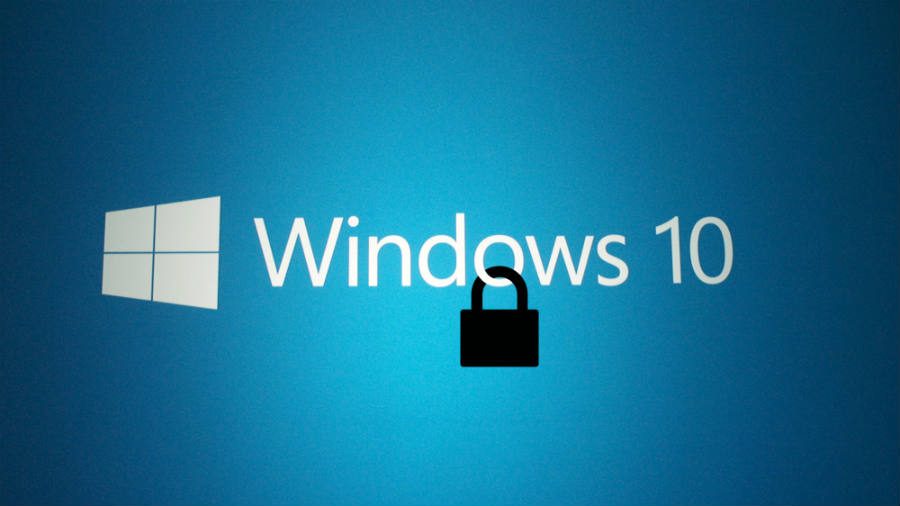The Internet is a vital part of human society, which means it affects every aspect of people’s daily routines. That is why cyber-security has been one of the most important topics during the last couple of decades.
Massive hacking attacks are on the rise, and most tech companies are working hard to deal with this problem. But they can’t do it by themselves, which is why individual users need to protect their computers as well as they can.
This guide will focus on computers running on Windows because it is the most popular OS in the world. There are seven basic steps to keep your computer well protected against most online threats.
1. Keep Windows up to date
Having a thoroughly updated Windows system is the first step any user should take to protect his or her information. Microsoft consistently improves its security countermeasures, and it’s easier for hackers to exploit bugs in older versions.
If your primary computer contains an old version of Windows installed by choice, make sure that it is up to date to the latest version and keep an eye on the security tools below.
On the Windows Search Box type ‘update’, choose Windows Update, Settings, and toggle ‘Install updates automatically.’


The Flexera Software Secunia PSI assistant helps find which programs of a user’s computer are outdated and potentially exposed to threats. It aids the user in the search for the right updates and biggest holes in their system.
2. Create a ‘Clean Installation’ restore point
In case malware renders your computer unusable, it is better to have a restore point that your OS can go back to, which would delete recently installed software and probably counter the threat.
- Right-click ‘Start’, then select ‘Control Panel’ > ‘System and Maintenance’ > ‘System.’
- Select ‘System protection’ on the left.
- Select the ‘System Protection’ tab, and then select ‘Create.’
- Type a description, such as ‘Clean installation restore point’ and then select ‘Create.’
3. Use BitLocker to encrypt your hard drive
BitLocker is an encryption software that has been around since 2007, but not many people know they have it installed on their computers.
Hard drive encryption helps against physical intrusions (somebody plugging a virus-ridden flash drive) and firmware-level threats, a piece of malware that tries to reconfigure a user’s entire system.
For more physical protection, users can also purchase a Kensington lock, or use another popular encryptor such as FreeOTFE.
4. Stick to one web browser and secure it
Some sources name Google Chrome as the safest Internet browser but also regard it as the one that raises most concerns about privacy.
Cybersecurity and privacy go hand in hand, so users should stick to one web browser, use an ad-blocker and avoid clicking suspicious sites or ads. The best apps and extensions to keep a web browser safe are:
- Password Alert extension for Chrome (anti-phishing, anti-spyware).
- Netcraft extension, a little outdated.
- OpenDNS protection, not just for one browser but a user’s entire internet connection.
- TrackMeNot, to protect from unwanted surveillance.
5. Create strong passwords and learn about two-step authentication
Next is a complete guide from security expert Brian Krebs on how to build an unyielding password. Users should take note of these steps to secure their most important accounts. For greater safety, a password storage service such as LastPass can be very useful.
Enable two-step verification when offered, this means adding an extra layer of security, like a code sent to your phone or a fingerprint, for example. Though Google, LastPass, and most social media sites offer this option, you can also download tools like Authy.
6. Protect yourself while using public WiFi connections
Many users have laptops as their primary computer, which means they are more exposed to risks because they rely mostly on public Wi-Fi networks to surf the net. Public Wi-Fi areas can be potentially dangerous.
- Use the Comodo Firewall to avoid unwanted software from installing.
- Use a Virtual Private Network (or VPN), a sort of security cloak for your entire internet connection. Best free options include CyberGhost.
- Install HotspotShield to protect your data while on wireless connections.
7. Keep yourself updated (and use an antivirus)
Most of these tools receive constant upgrades from their developers because hackers become more and more efficient at cracking them as well. The best step a user can take towards better online security in keeping an eye on security trends.
A piece of software that has lost its credibility for cyber-security is the traditional antivirus, which is why it comes last but not least. Many free options can help protect digital data efficiently. There are many free anti-viruses, but the paid options are more efficient.




